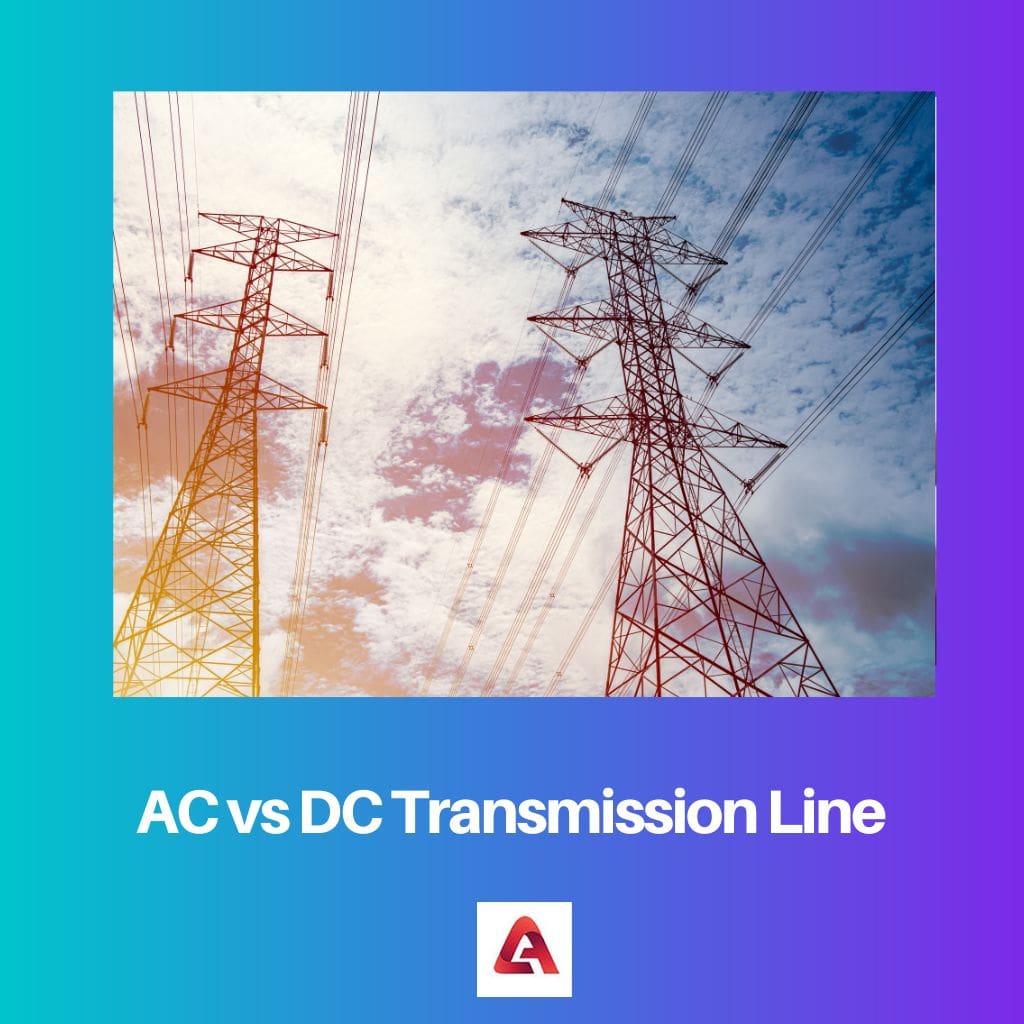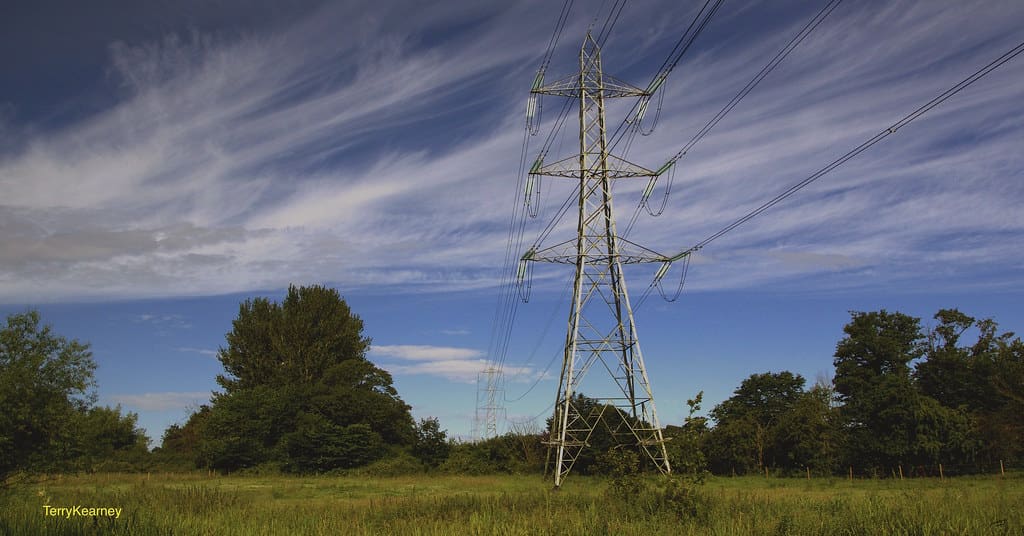Key Takeaways
- AC transmission lines transmit alternating current over long distances, commonly used in power grids and electricity distribution networks.
- DC transmission lines transport direct current, utilized for underwater cables and long-distance, high-voltage transmission.
- DC transmission lines have lower losses and are more efficient for transmitting electricity over vast distances than AC transmission lines.

What is AC Transmission Line?
AC transmission lines transfer electrical power from one point to another. These lines are composed of conductors, insulators, and supporting structures. The conductors used in these lines are made of aluminum or copper and are mounted on insulated cross-arms or towers. The insulators are glass or porcelain and are used to separate the conductors from each other and the ground. AC transmission lines are divided into three categories: overhead, underground, and submarine.
AC transmission lines are designed to carry high-voltage electricity over long distances. This high voltage allows the electricity to travel farther with less power loss. The higher the voltage, the lower the current and the less power loss. High-voltage lines are also very efficient in power transfer, as they require less energy to transmit a given amount of electricity than low-voltage lines.
The essential components of an AC transmission line include the conductor, insulators, and supporting structures. The conductor is the wire or cable that carries the electricity. The insulators separate the conductors from each other and the ground. The supporting arrangements are made of steel or concrete and are used to support the weight of the conductors.

What is DC Transmission Line?
DC Transmission Line is an electrical system that transmits power from one location to another. It consists of two conductors, insulated metal wires or metal tubes, that carry electrical current from one place to another.
DC transmission lines are used in power systems because they are more efficient. After all, the power can be transmitted across the same line without needing to be converted to alternating current first, meaning more power can be transferred for the same amount of energy. DC transmission lines are also better suited for transmitting power because the power is not affected by electrical losses due to resistance in an AC line.
DC transmission lines have several advantages, including no reactive power losses, higher transmission efficiency, and lower capital and operational costs. They also offer higher system stability and flexibility, allowing faster response to changing demand and load conditions.
DC transmission lines are used in many applications, including power transmission between cities, between local power plants and substations, and between power plants and consumers. In some cases, DC transmission lines connect power grids. DC transmission lines can also be used for energy storage, as energy can be stored in batteries and other devices connected to the line. DC transmission lines are constructed using insulated metal wires like copper or aluminum.

Difference Between AC and DC Transmission Line
- AC transmission lines require transformers and step-up/step-down voltage, while DC transmission lines do not.
- AC transmission lines are more vulnerable to lightning strikes, while DC transmission lines are more resistant.
- AC transmission lines have higher power loss due to inductive and capacitive reactance, while DC transmission lines have minimal power loss.
- AC transmission lines require more maintenance, while DC transmission lines require less maintenance.
- AC transmission lines require a transformer to alter voltage levels, while DC transmission lines do not.
Comparison Between AC and DC Transmission Line
| Parameters of Comparison | AC Transmission Line | DC Transmission Line |
|---|---|---|
| Current usage | AC transmission lines use alternating currents. | DC transmission lines use direct current. |
| Type of wave | AC transmission lines use sine waves. | DC transmission lines use a linear waveform. |
| Switching equipment | AC transmission lines require more sophisticated switching equipment. | DC transmission lines are more straightforward. |
| Voltage | AC transmission lines operate at higher voltages. | DC transmission lines operate at lower voltages. |
| Structures | AC transmission lines have more complex structures. | DC transmission lines have more superficial structures. |

- Power Upgrading of Transmission Line by Combining AC–DC Transmission | IEEE Journals & Magazine | IEEE Xplore
- Hybrid AC/DC Transmission Expansion Planning | IEEE Journals & Magazine | IEEE Xplore
